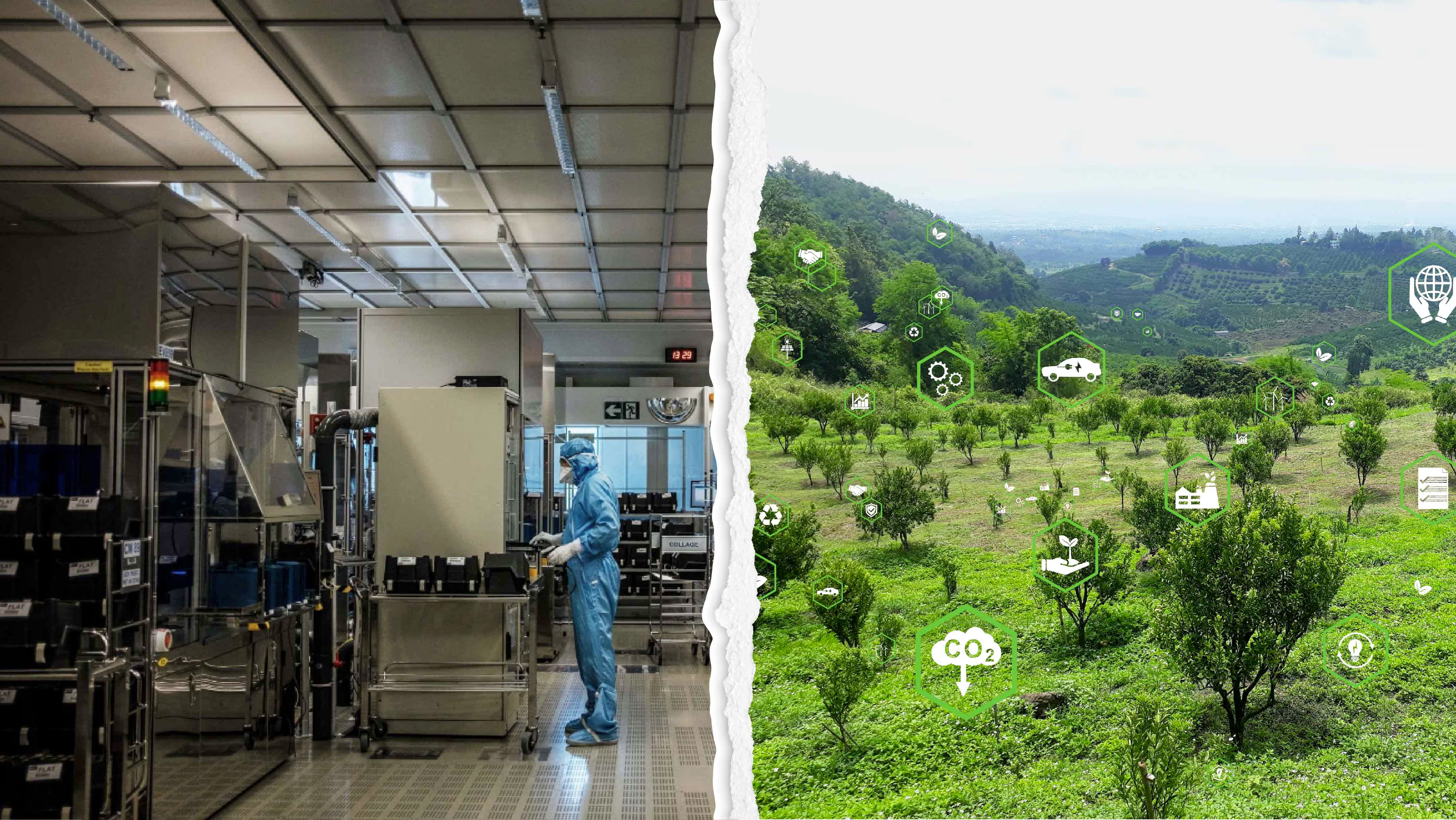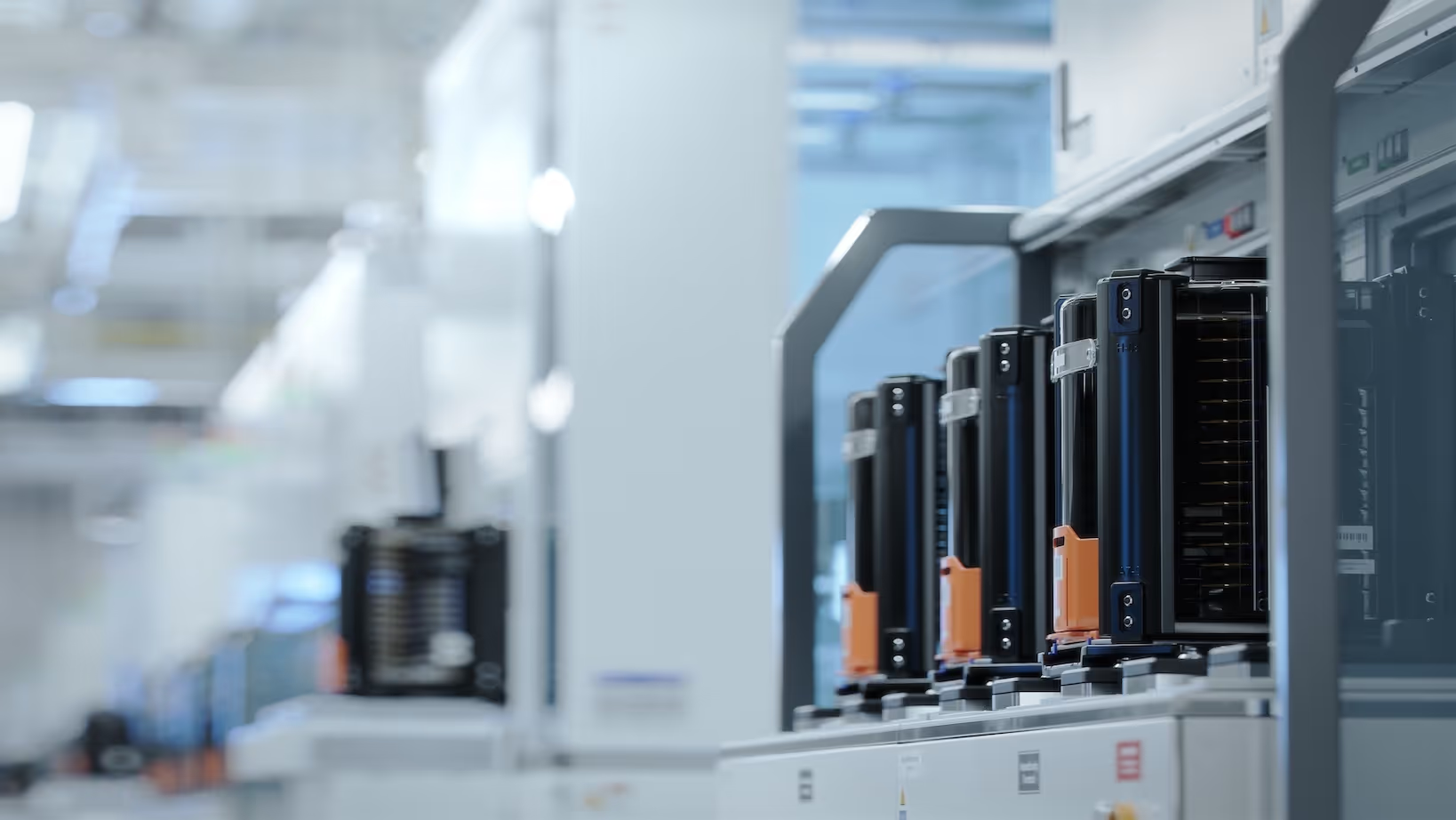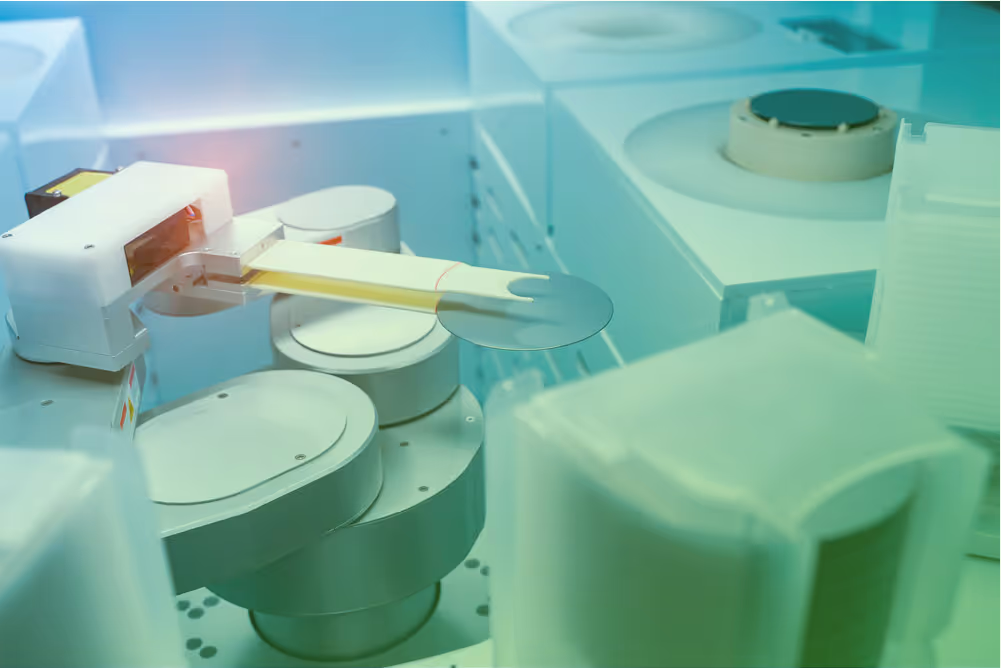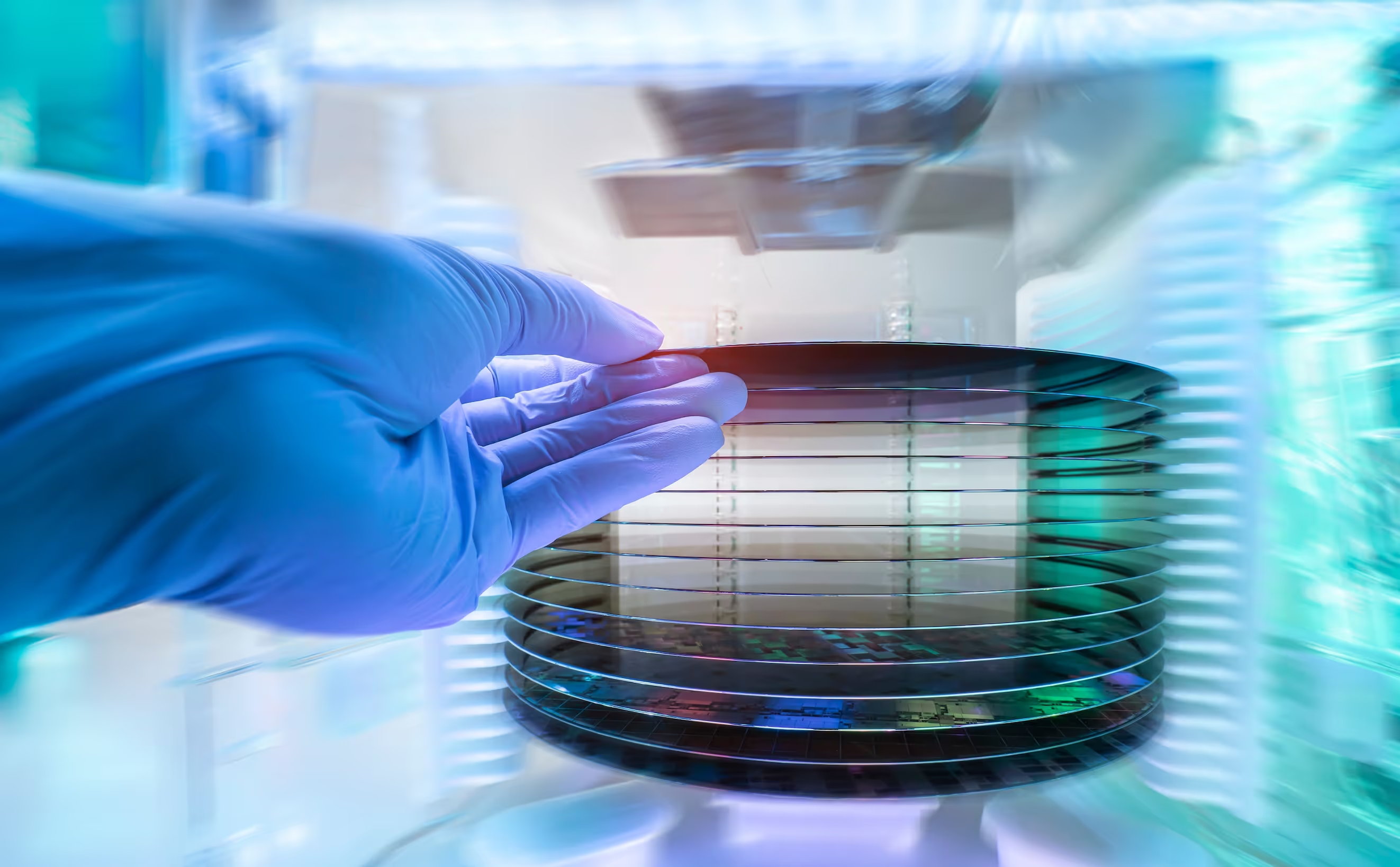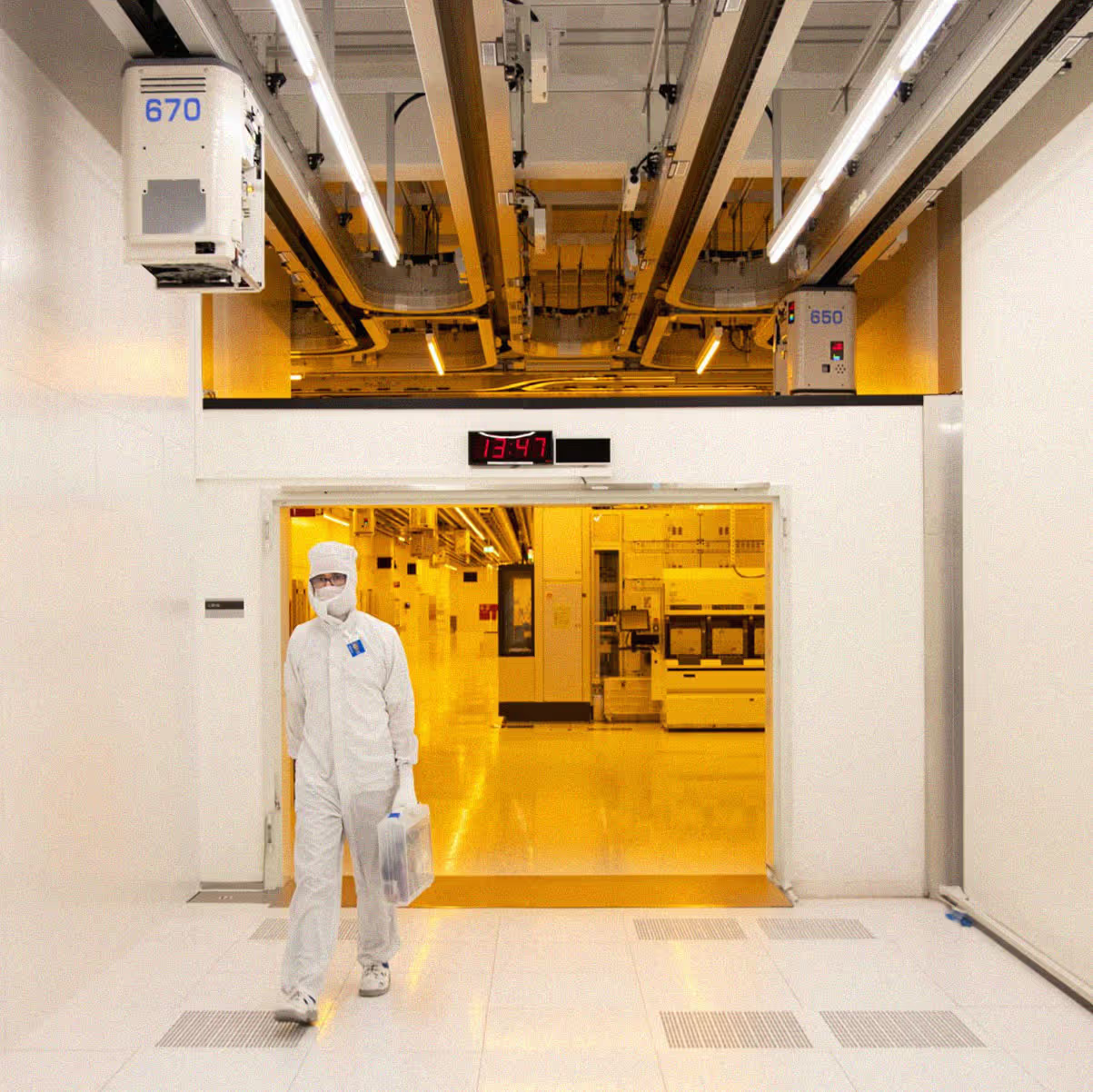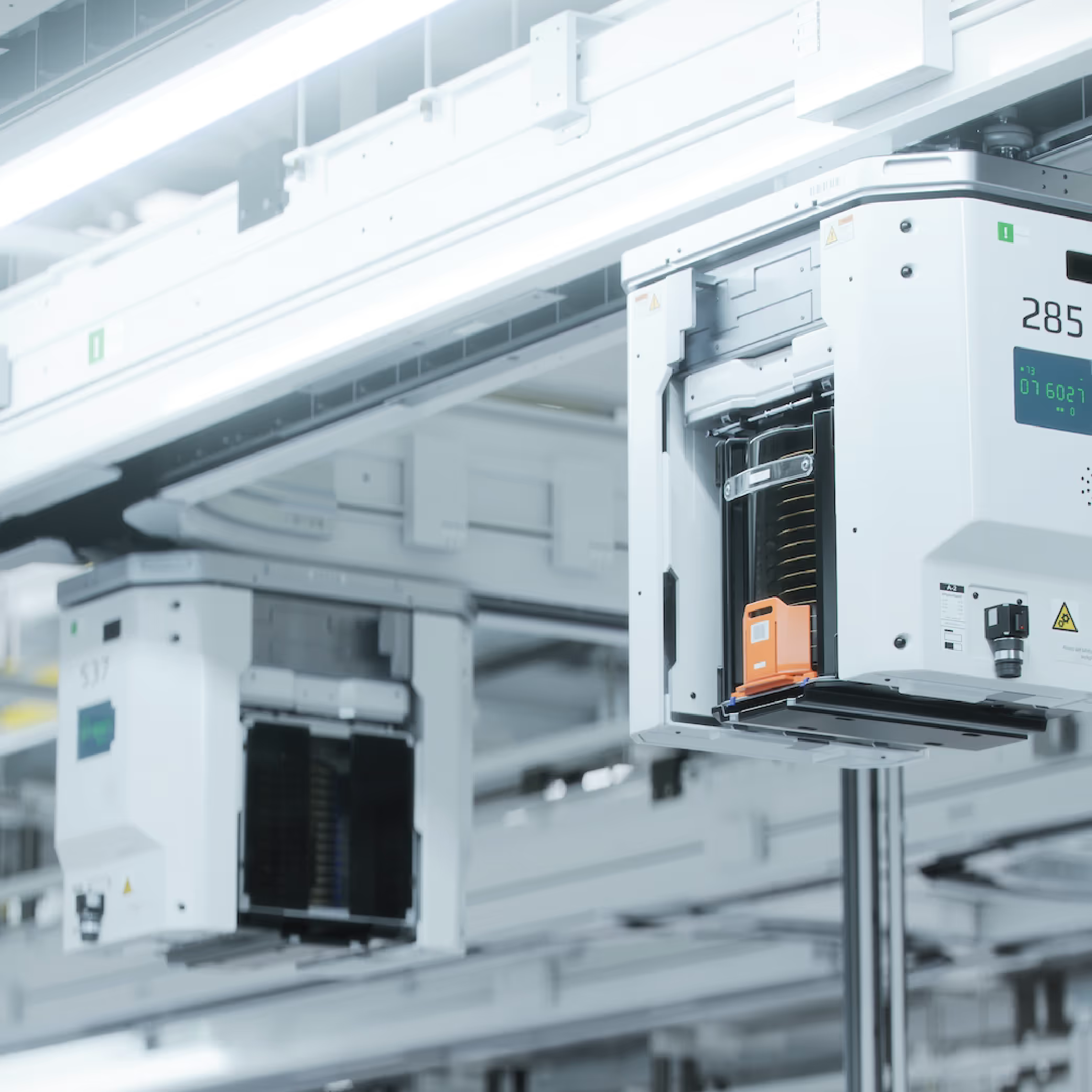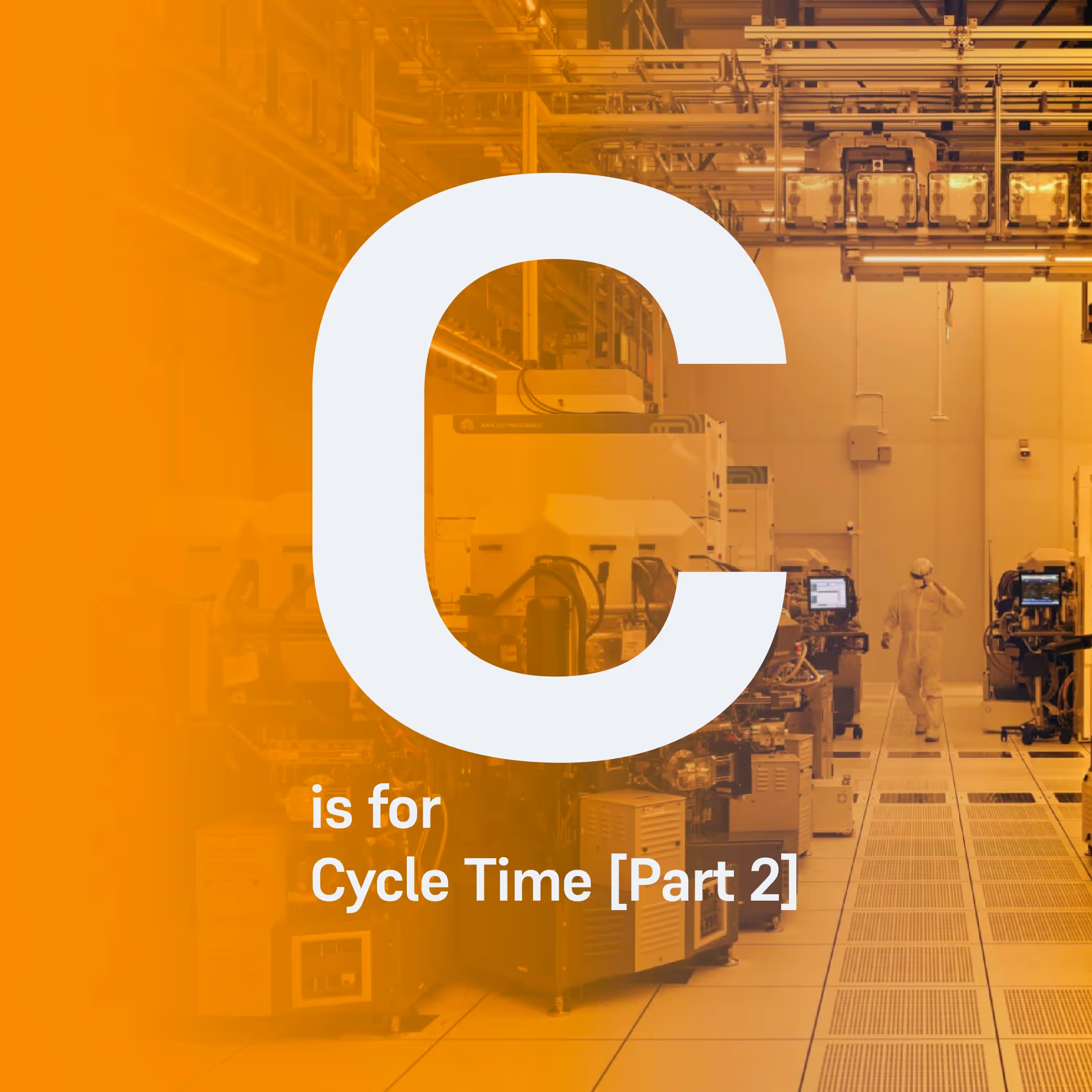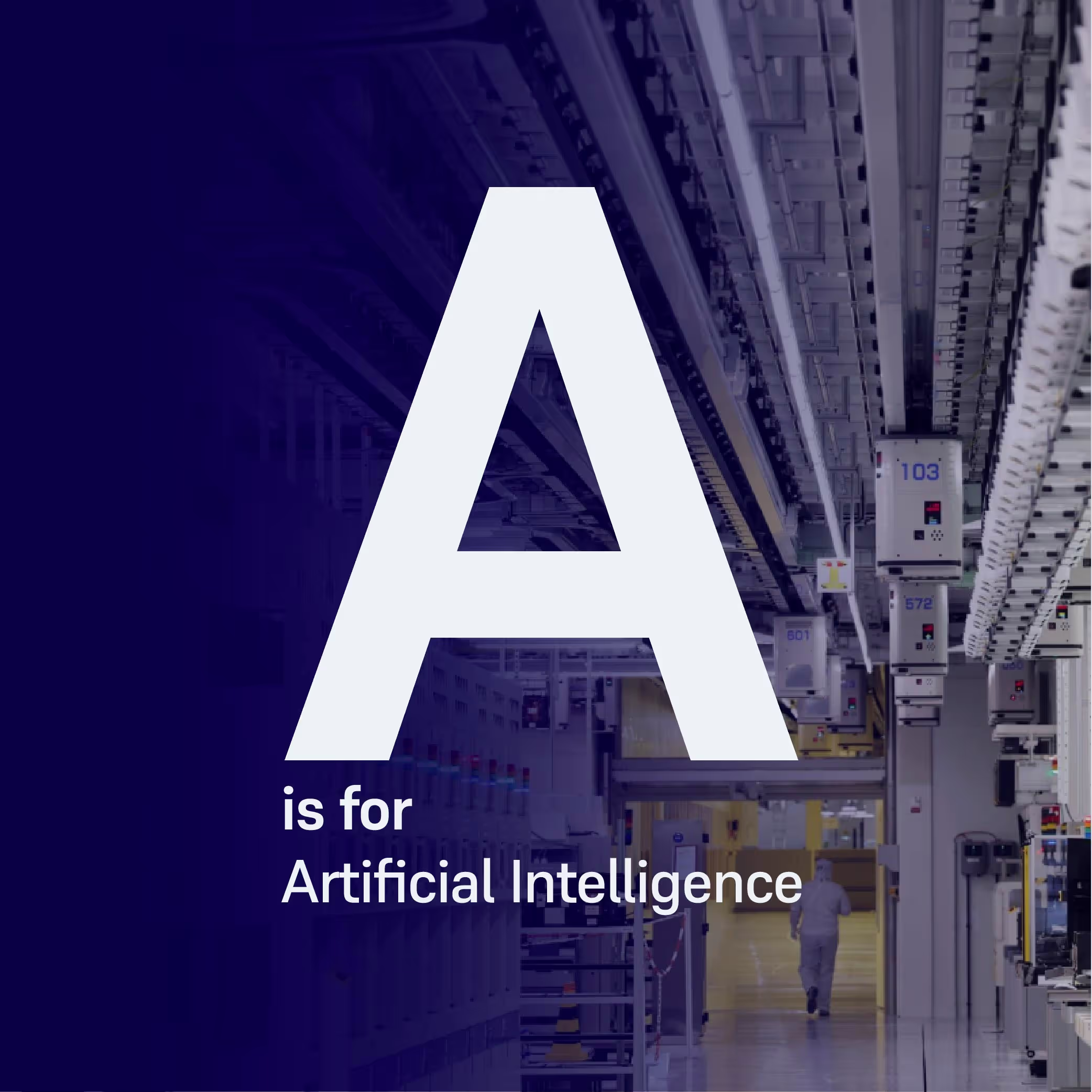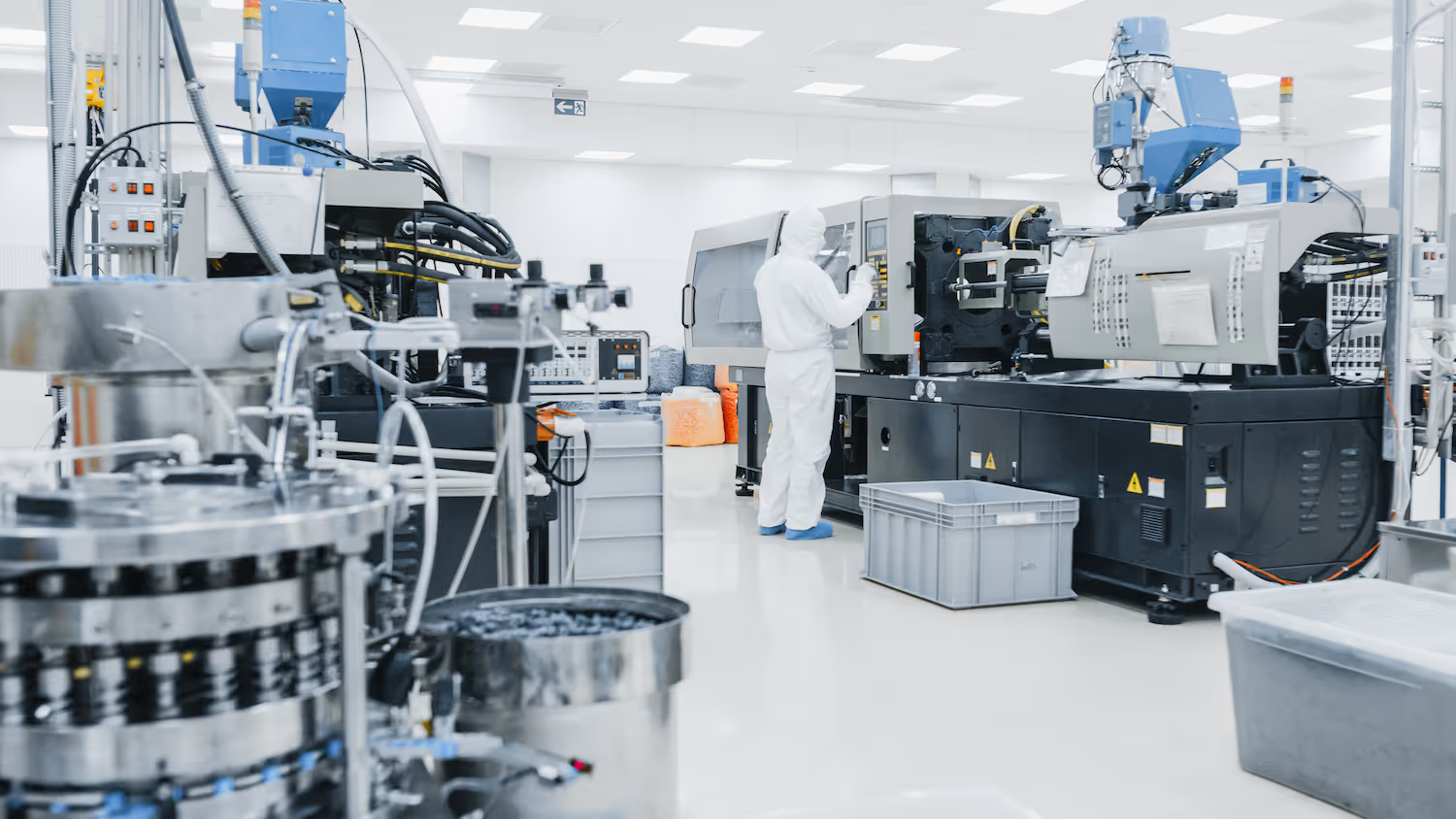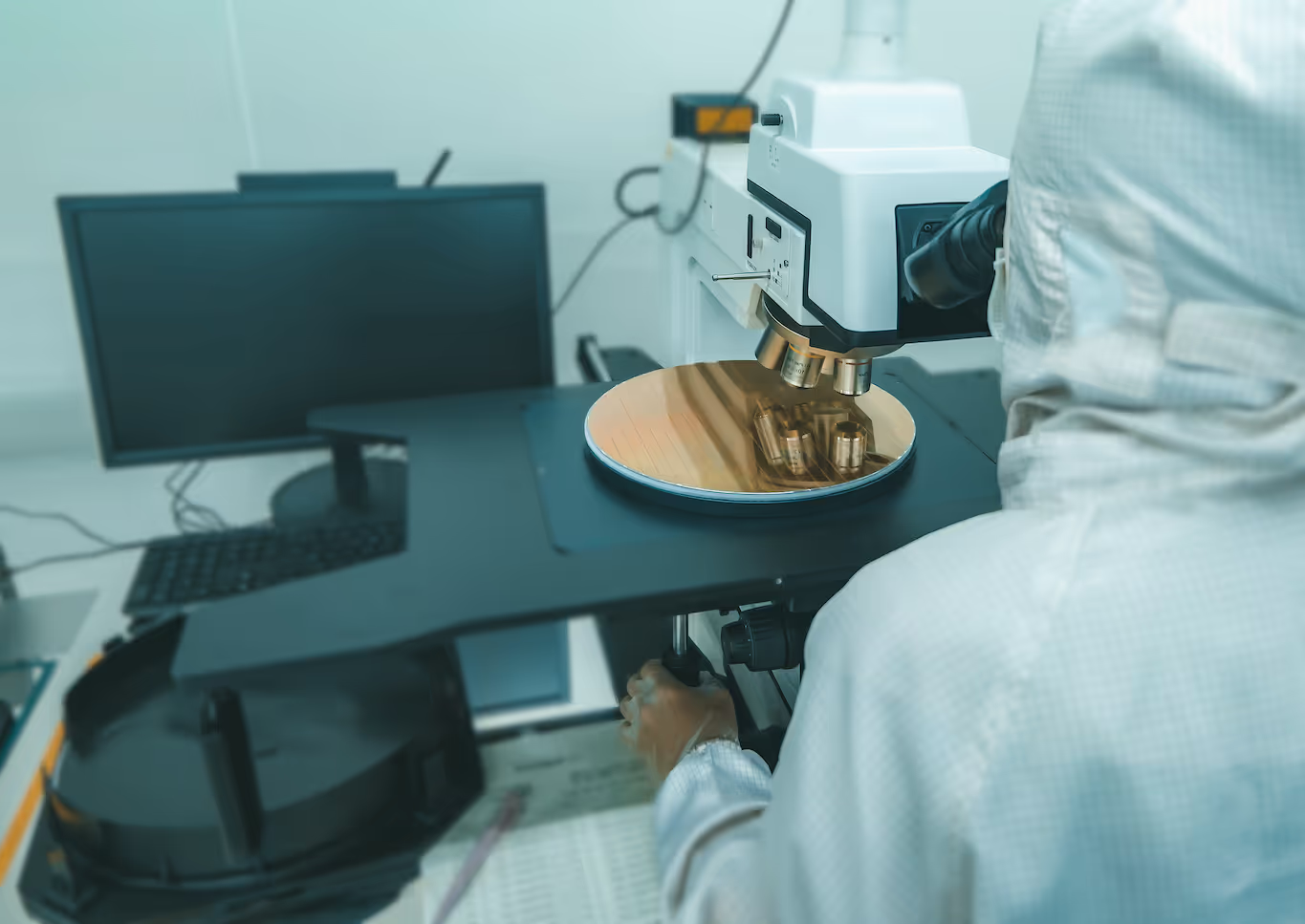The Pathway to the Autonomous Wafer Fab
The semiconductor industry is set to receive $1tn in investment over the next six years, driven by AI and advanced technologies, with over 100 new wafer fabs expected. However, labor shortages continue to pose a challenge, pushing the need for autonomous wafer fabs to ensure continued growth.
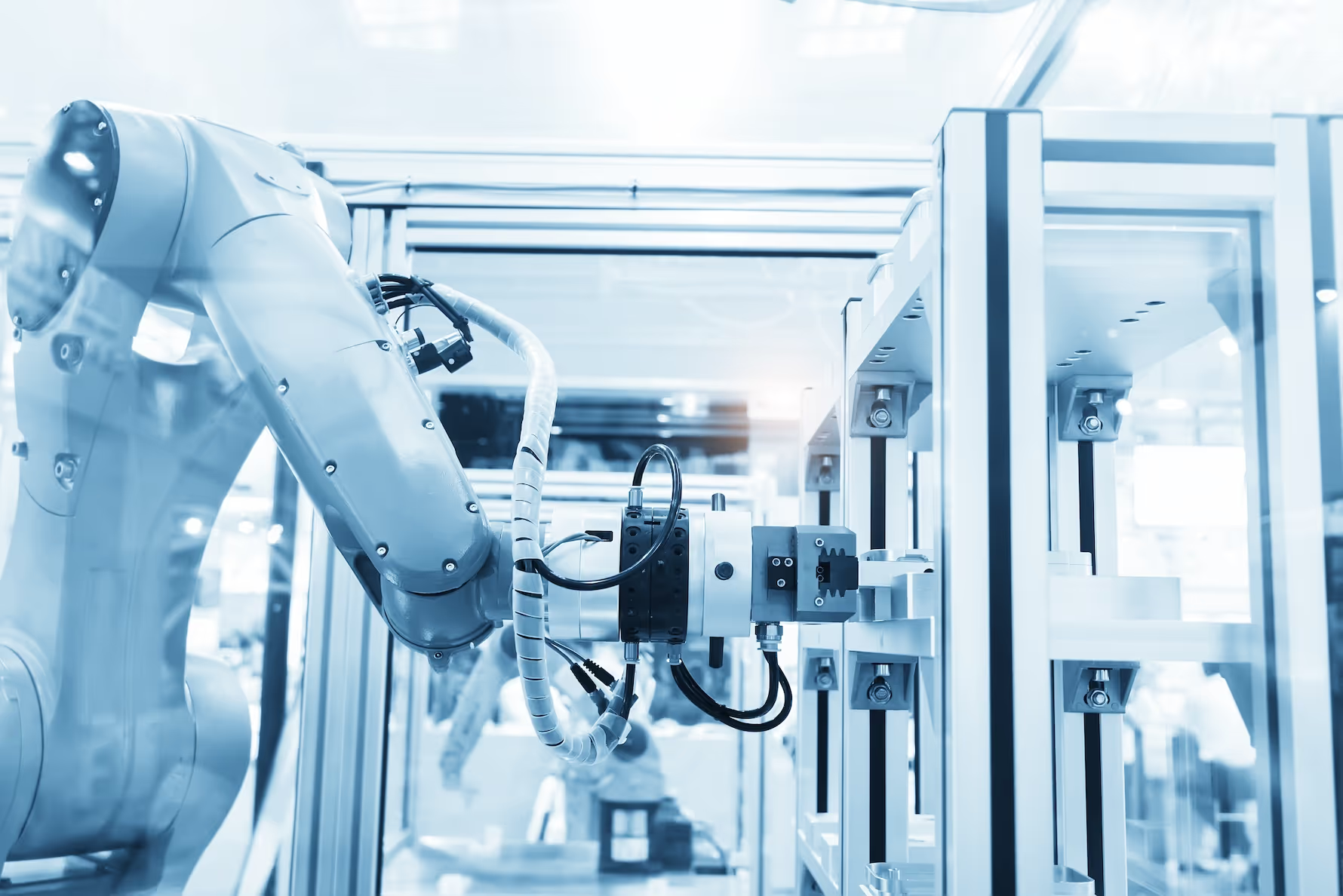
Over the next 6 years, the semiconductor industry is set to receive around $1tn in investment. The opportunities for growth – driven by the rapid rise of AI, autonomous and electric vehicles, and high-performance computing – are enormous. To support this anticipated growth, over 100 new wafer fabs are expected to emerge worldwide in the coming years (Ajit Manocha, SEMI 2024).
However, a significant challenge looms: labor. In the US, one-third of semiconductor workers are now aged 55 or older. Younger generations are increasingly drawn to giants like Google, Apple and Meta for their exciting technological innovation and brand prestige, making it difficult for semiconductor employers to compete. In recent years, the likelihood of employees leaving their jobs in the semiconductor sector has risen by 13% (McKinsey, 2024).
To operate these new fabs effectively, the industry must find a solution. The Autonomous Wafer Fab, a self-optimizing facility with minimal human intervention and seamless production, is looking increasingly likely to be the solution chipmakers need. This vision, long held by the industry, now needs to be accelerated due to current labor pressures.
Thankfully, rapid advancements in artificial intelligence (AI) and Internet of Things (IoT) mean that the Autonomous Wafer Fab is no longer a distant dream but an attainable goal. In this blog, we will explore what an Autonomous Wafer Fab will look like, how we can achieve this milestone, the expected outcomes, and the timeline for reaching this transformative state.
What will an Autonomous Wafer Fab look like?
Imagine a wafer fab where the entire production process is seamlessly interconnected and self-regulating, free to make decisions on its own. In this autonomous environment, advanced algorithms, IoT, AI and optimization technologies work in harmony to optimize every aspect of the manufacturing process. From daily manufacturing decisions to product quality control and fault prediction, every step is meticulously coordinated without the need for human intervention.
Key features of an Autonomous Wafer Fab:
Intelligent Scheduling and Planning: The heart of the autonomous fab lies in its scheduling and planning capabilities. By leveraging advancements such as Autonomous Scheduling Technology (AST), the fab has the power to exhaustively evaluate billions of potential scenarios and guarantee the optimal course for production. This ensures that all constraints and variables are considered, leading to superior outcomes in terms of throughput, cycle time, and on-time delivery.
Real-Time Adaptability: An autonomous fab is equipped with sensors and IoT devices that continuously monitor the production environment. These devices can feed real-time data into the scheduling system, allowing it to dynamically adjust schedules and production plans in response to any changes or disruptions.
Digital Twin: Digital Twin technology mirrors real-time operations through storing masses of data from sensors and IoT devices. This standardized data schema allows for rapid introduction of new technologies and better scalability. Moreover, by simulating production processes, it helps to model possible scenarios – such as KPI adjustments – within the specific constraints of the fab.
Predictive maintenance: Predictive maintenance systems will anticipate equipment failures before they occur, reducing downtime and extending the lifespan of critical machinery. This proactive approach ensures that the fab operates at peak efficiency with minimal interruptions. Robotics will carry out the physical maintenance tasks identified by these systems, and when human intervention is necessary, remote maintenance capabilities will allow technicians to diagnose and address issues without being on-site.
The Control Room: In an autonomous fab, decision-making is driven by data and algorithms. The interconnected system can balance trade-offs between competing objectives, such as maximizing throughput while minimizing cycle time, with unparalleled precision. That said, critical decisions such as overall fab objectives may still be left to humans in the “control room”, who could be on the fab site or 9000 km away…
How can we get there?
Achieving the vision of an Autonomous Wafer Fab requires a multi-faceted approach that integrates technological innovation, strategic investments, and a cultural shift towards embracing automation. Here are the key steps to pave the way:
A Robust Roadmap: All fabs within an organization need to have a common vision. Key milestones need to be laid out to help navigate each fab through the transition with clear actions at each stage. SEMI’s smart manufacturing roadmap offers an insight into what this could look like.
Investing in Novel Technologies: The pivotal step towards autonomy is investing in the latest technologies, including AI, machine learning, AST, and IoT. These technologies form the backbone of the autonomous fab, enabling intelligent planning and scheduling, real-time monitoring, and adaptive control.
Data Integration and Analytics: A crucial aspect of autonomy is the seamless integration of data from various sources within the fab. By harnessing big data analytics, fabs can not only gain deep insights into their operations, but they will have the correct data in place to support autonomous systems further down the line.
Developing Skilled Workforce: While the goal is to minimize human intervention, the semiconductor industry will still require skilled professionals who can manage and maintain advanced systems. Investing in workforce training and development to fill the current void is essential to ensure a smooth transition.
Collaborative Ecosystem: Even the biggest of chipmakers is unlikely to reach the autonomous fab all on their own. Collaboration with technology providers, research institutions, and industry partners will be key. Sharing knowledge and best practices can accelerate the development and deployment of autonomous solutions.
Pilot Programs and Gradual Implementation: Transitioning to an autonomous fab should be approached incrementally. Starting with pilot programs to test and refine technologies in a controlled environment will help identify challenges and demonstrate the benefits. Gradual implementation allows for continuous improvement and adaptation.
How will fabs benefit?
The transition to an Autonomous Wafer Fab promises a multitude of benefits that will revolutionize semiconductor manufacturing:
Enhanced Efficiency: By optimizing production schedules and processes, autonomous fabs will achieve higher throughput and better resource utilization. This translates to increased production capacity and reduced operational costs.
Better Quality: Advanced process control and real-time adaptability ensure consistent product quality, minimizing defects and rework. This leads to higher yields and greater customer satisfaction.
Reduced Downtime: Predictive maintenance and automated decision-making reduce equipment failures and production interruptions. This results in higher uptime and more reliable operations.
Improved Flexibility: Autonomous fabs can quickly adapt to changing market demands and production requirements. This flexibility enables manufacturers to respond rapidly to customer needs and stay competitive in a dynamic industry.
Cost Savings: The efficiencies gained from autonomous operations lead to significant cost savings. Reduced labor intensity, lower material waste, and optimized energy consumption contribute to a more cost-effective production process.
Sounds great, but when will it become a reality?
The journey towards an Autonomous Wafer Fab is well underway, but the timeline for full realization varies depending on several factors, including technological advancements, industry adoption, and investment levels. However, significant progress is expected within the next decade.
Short-Term (1-3 Years):
- Implementation of pilot programs and continual adoption of AI, IoT, AST and other advanced technologies.
- Incremental improvements in scheduling, process control, and maintenance practices.
Medium-Term (3-7 Years):
- Broader adoption of autonomous solutions across the industry.
- Enhanced data integration and analytics capabilities.
- Development of a skilled workforce to support autonomous operations.
Long-Term (7-10 Years and Beyond):
- Full realization of the Autonomous Wafer Fab with minimal human intervention.
- Industry-wide standards and best practices for autonomous manufacturing.
- Continuous innovation and refinement of autonomous technologies.
Conclusion
The pathway to the Autonomous Wafer Fab is a transformative journey that holds immense potential for the semiconductor industry. By embracing advanced technologies, fostering collaboration, and investing in the future workforce, fabs can unlock unprecedented levels of efficiency, quality, and flexibility. Autonomous Scheduling Technology, as a key pillar, will play a crucial role in this evolution, driving the industry towards a future where production is seamless, self-optimizing, and truly autonomous. The vision of an Autonomous Wafer Fab is not just a distant possibility but an imminent reality, poised to redefine the landscape of semiconductor manufacturing.
Now available to download: our new Autonomous Scheduling Technology White Paper
We have just released a new White Paper on Autonomous Scheduling Technology (AST) with insights into the latest advancements and benefits.
Click here to read it.
More resources
Stay up to date with our latest publications.





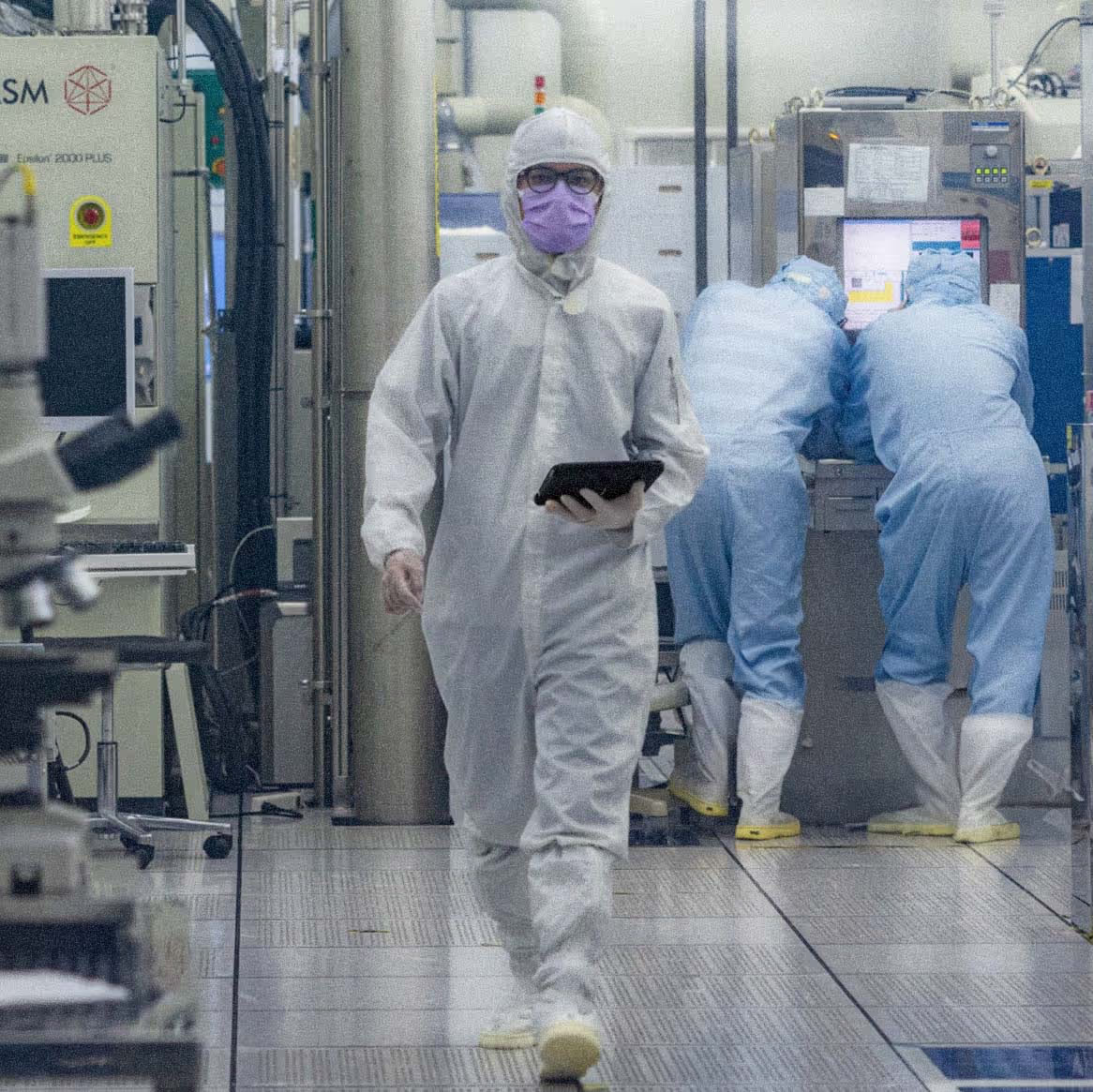
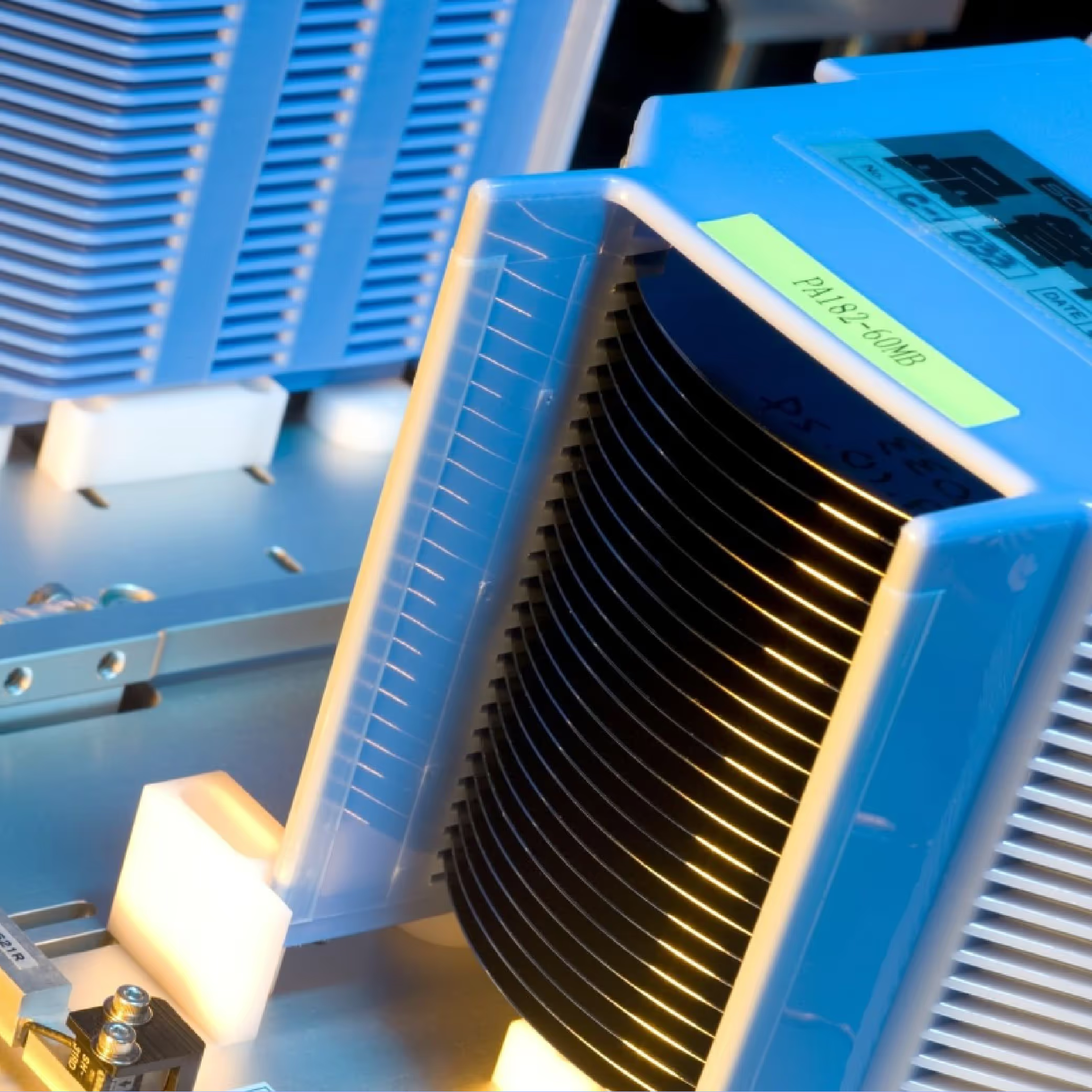
.avif)
.avif)



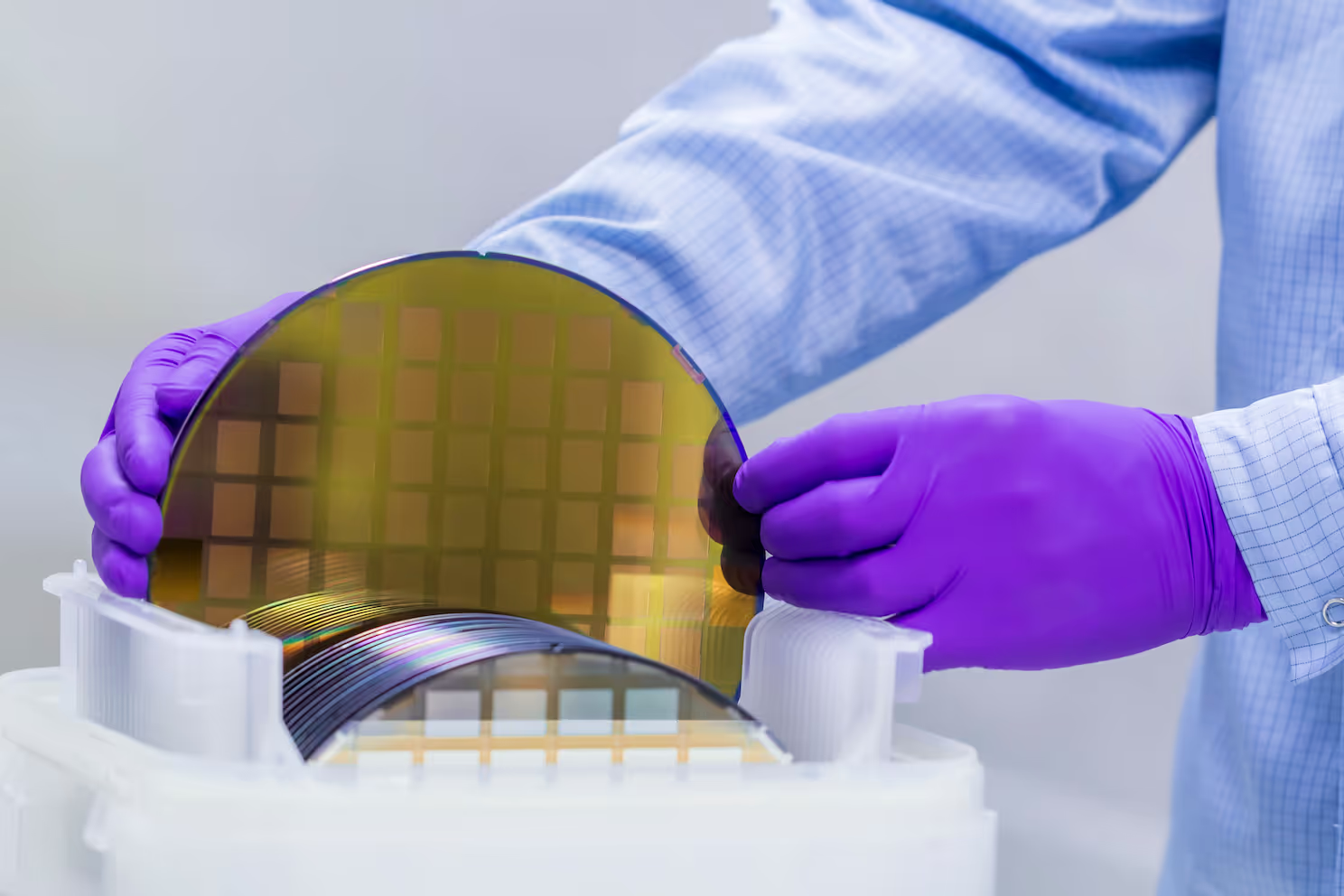











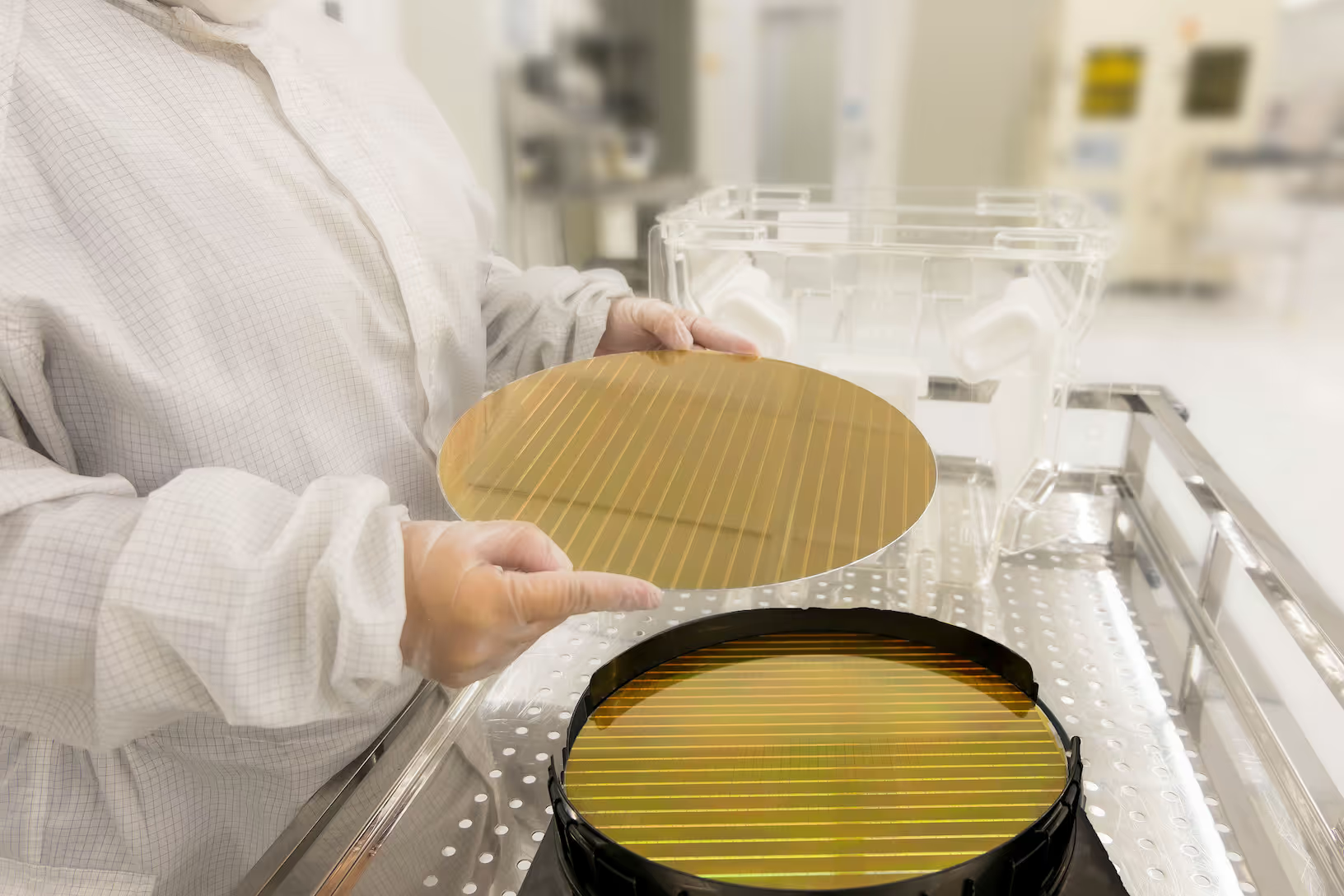

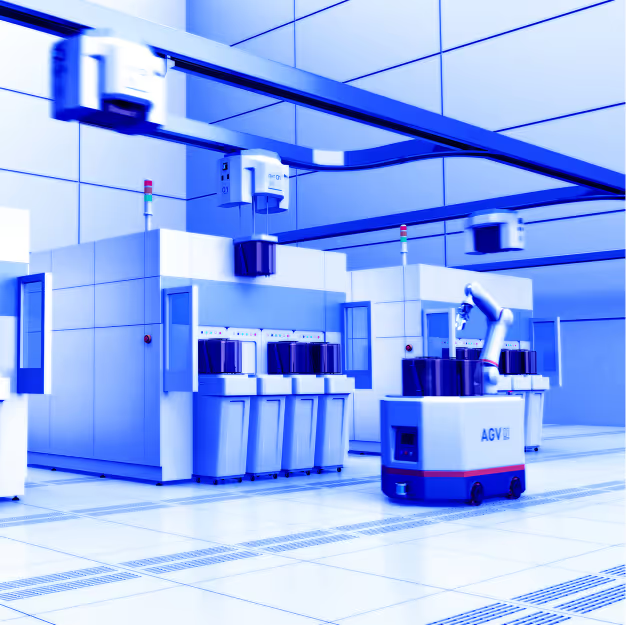
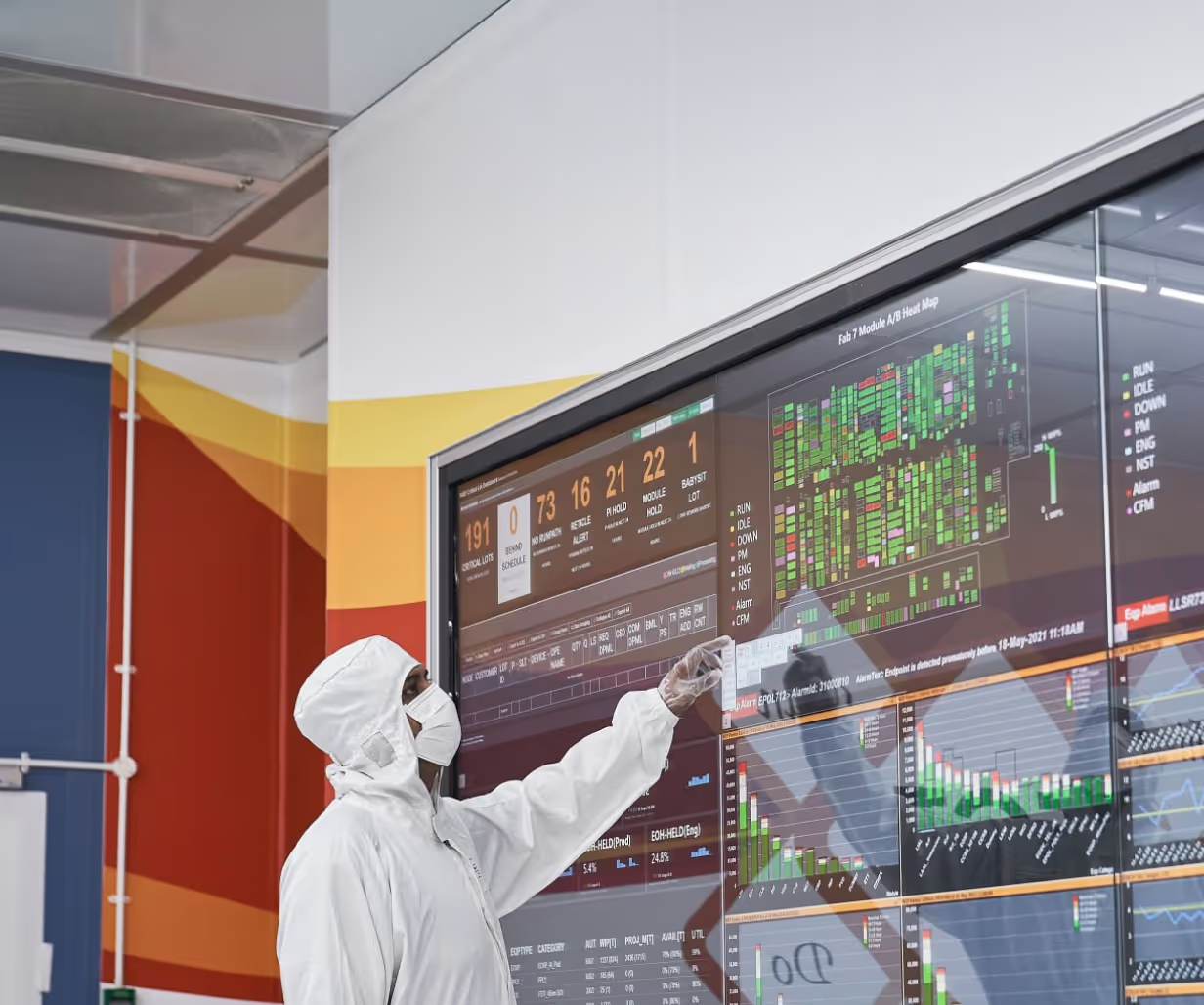


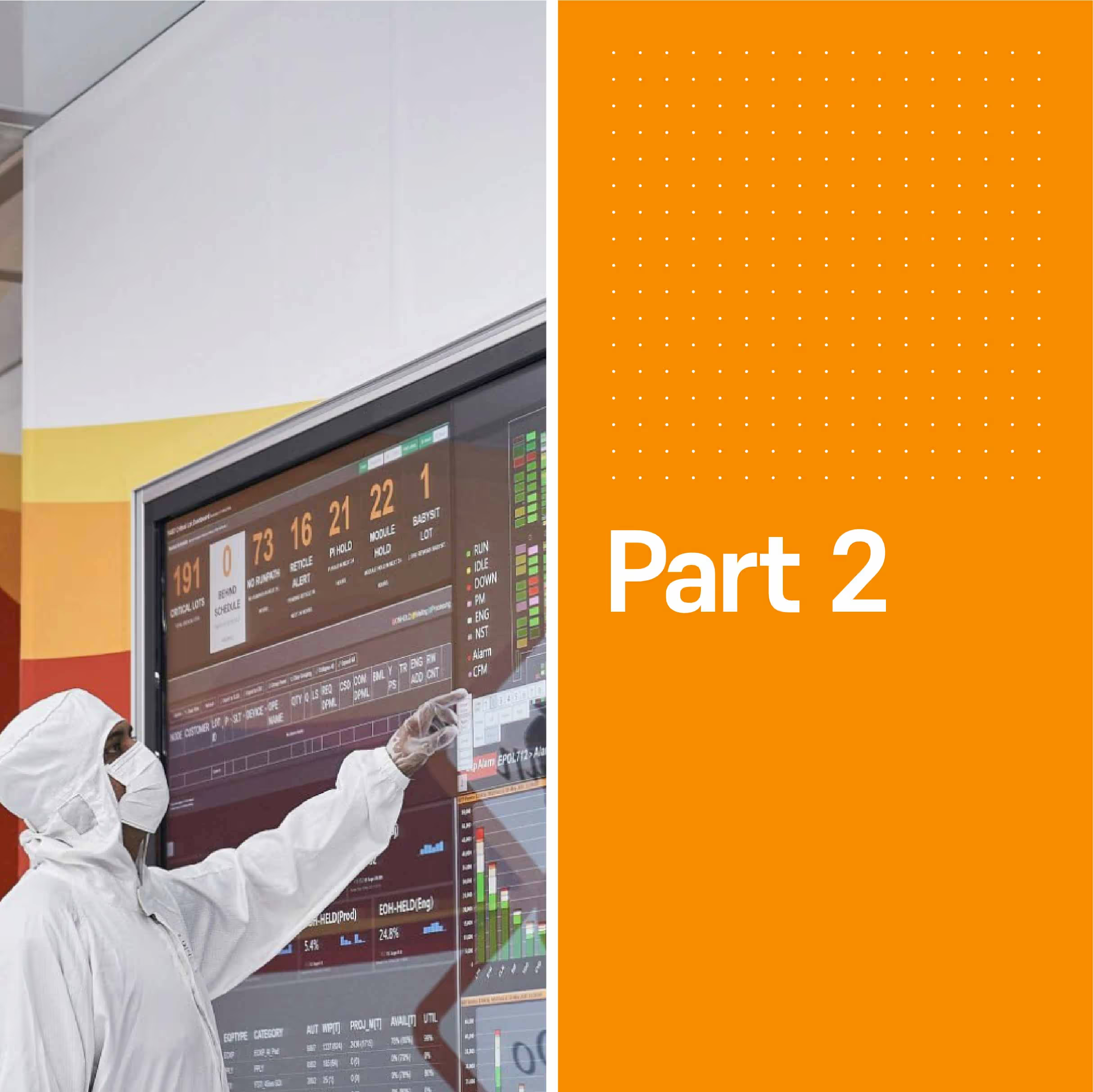

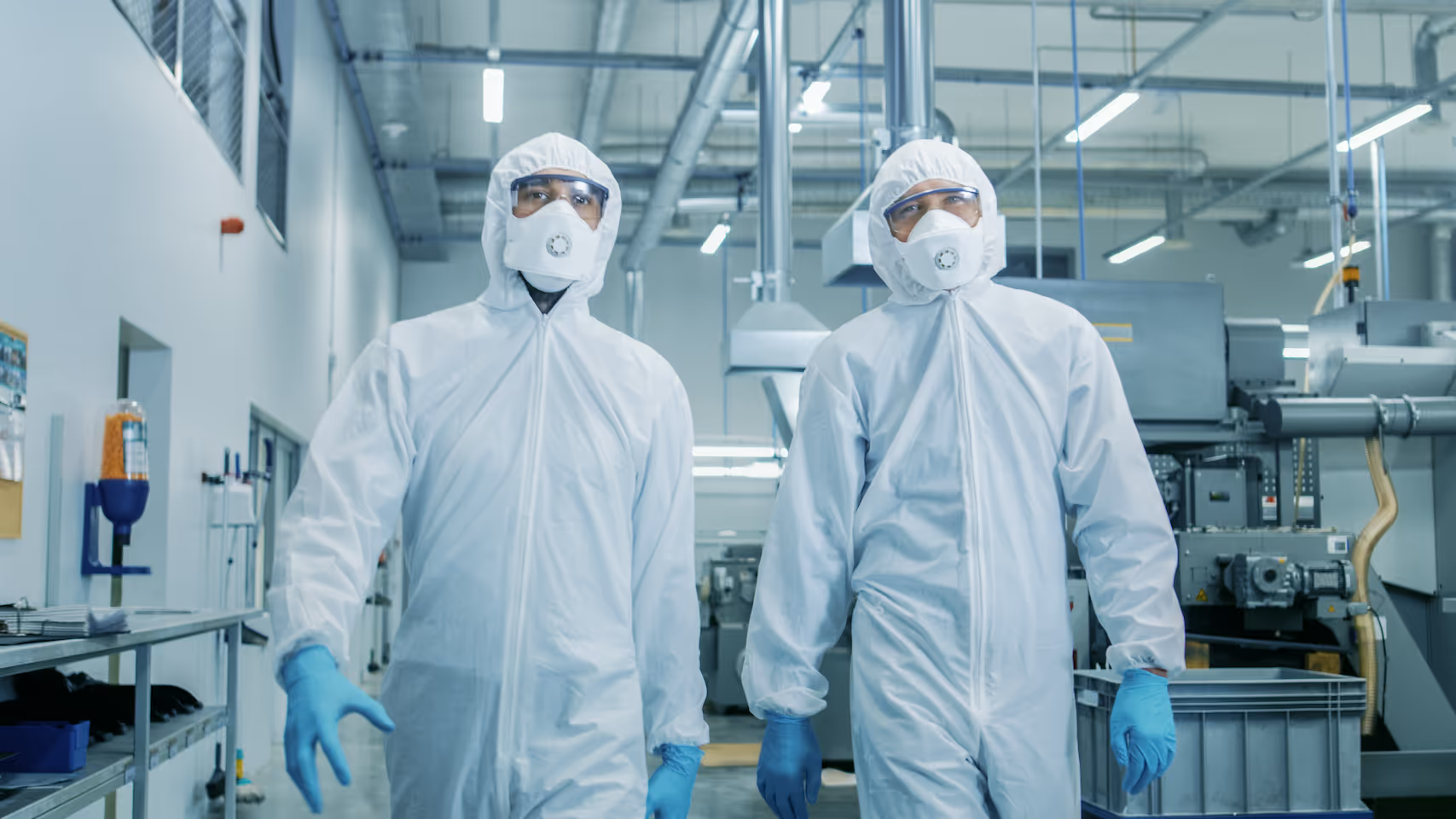

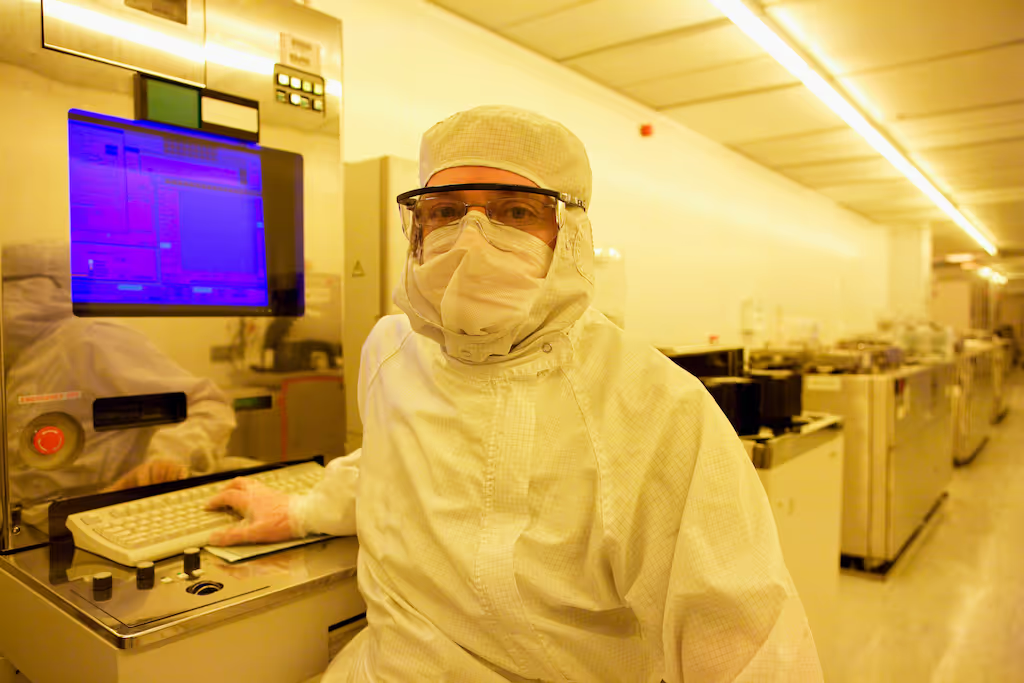
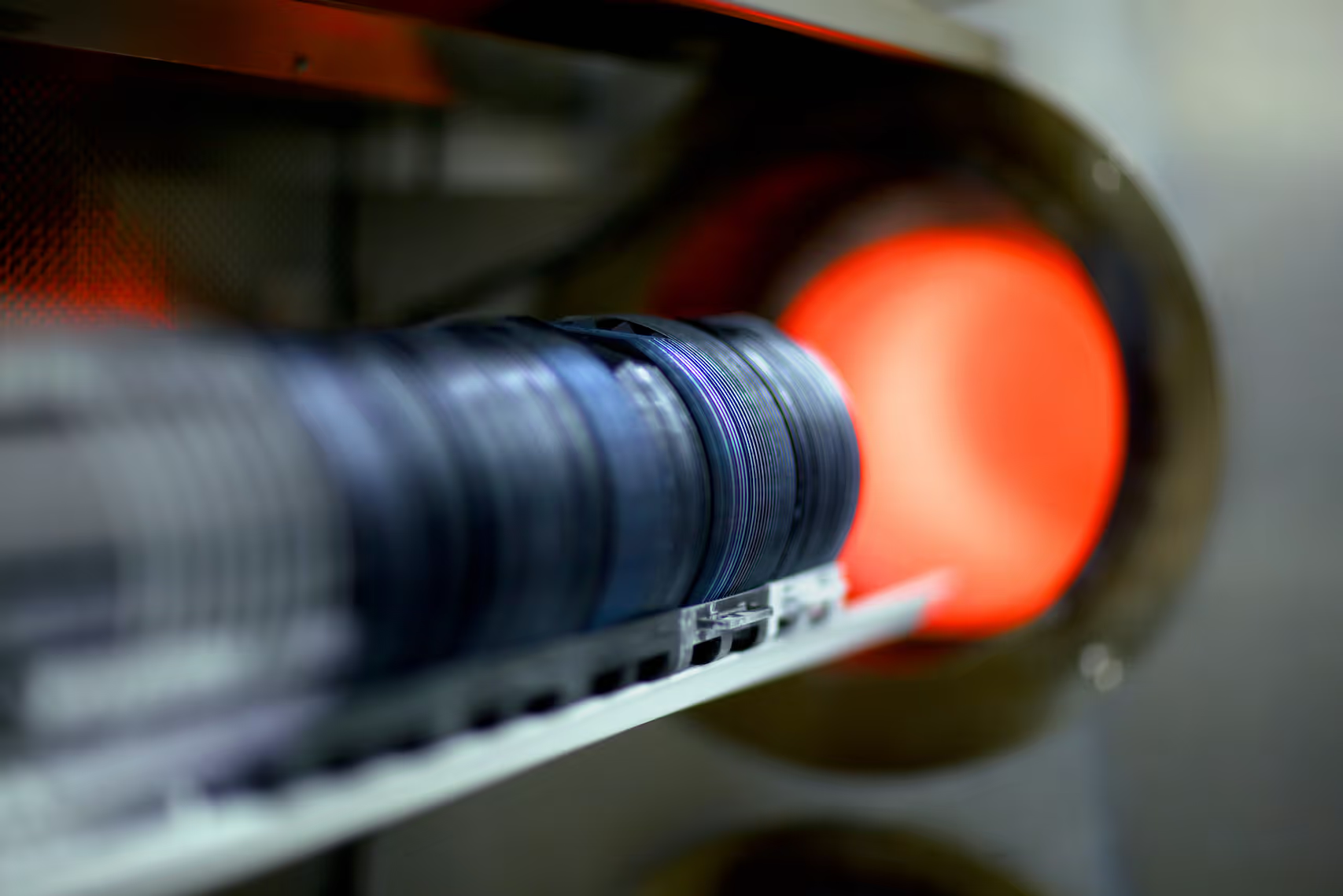
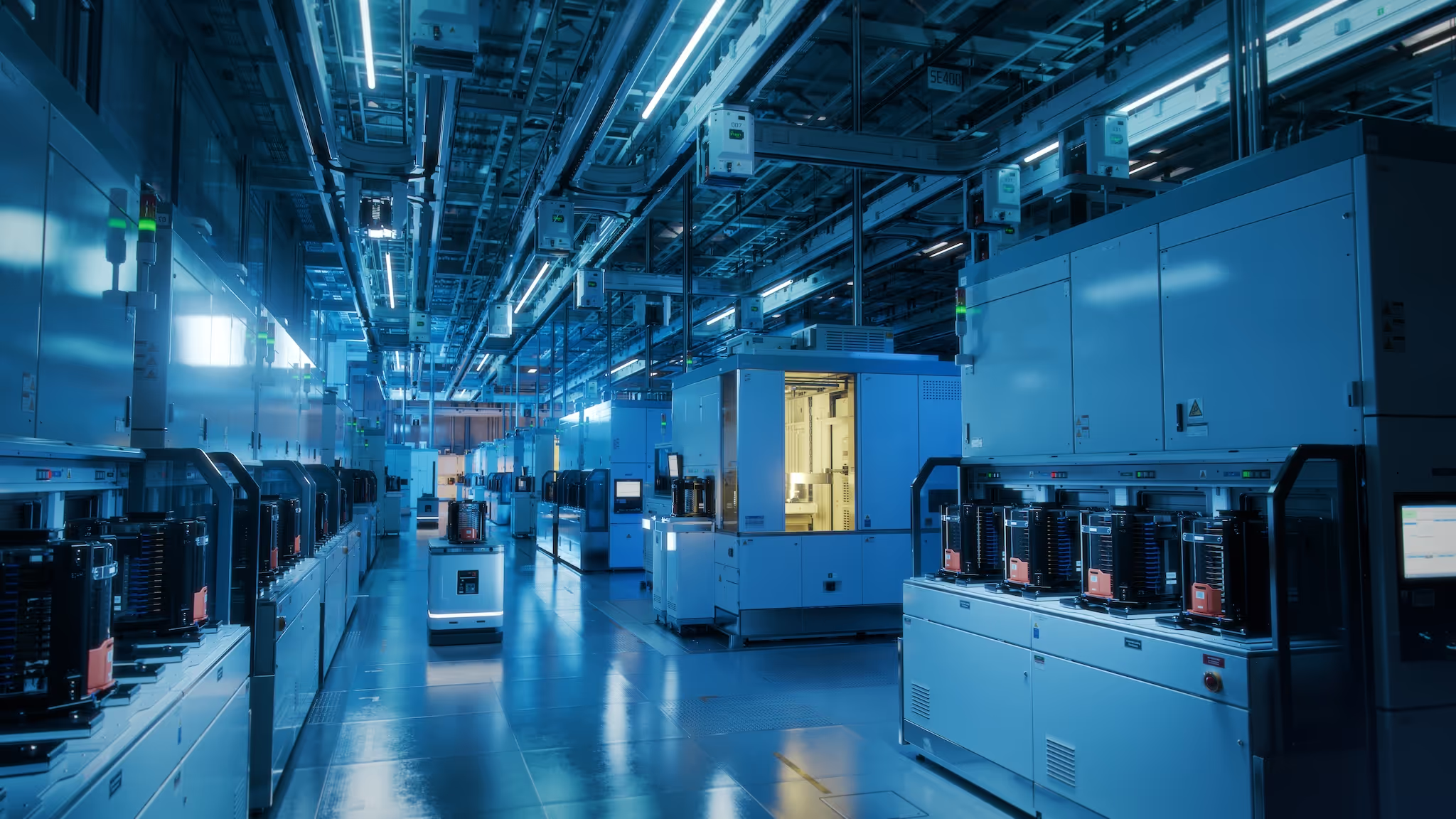

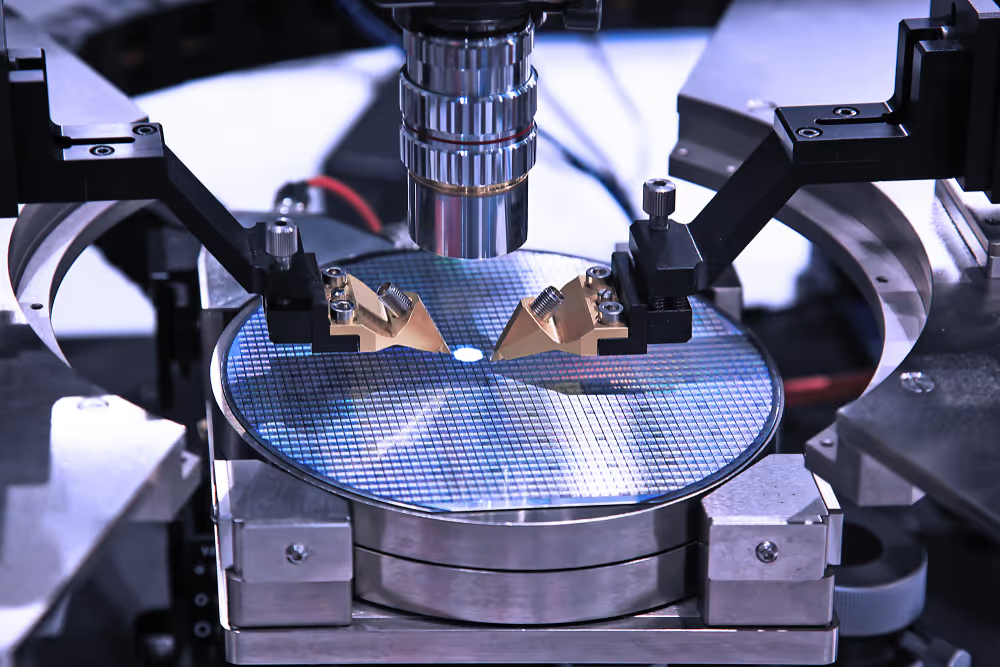
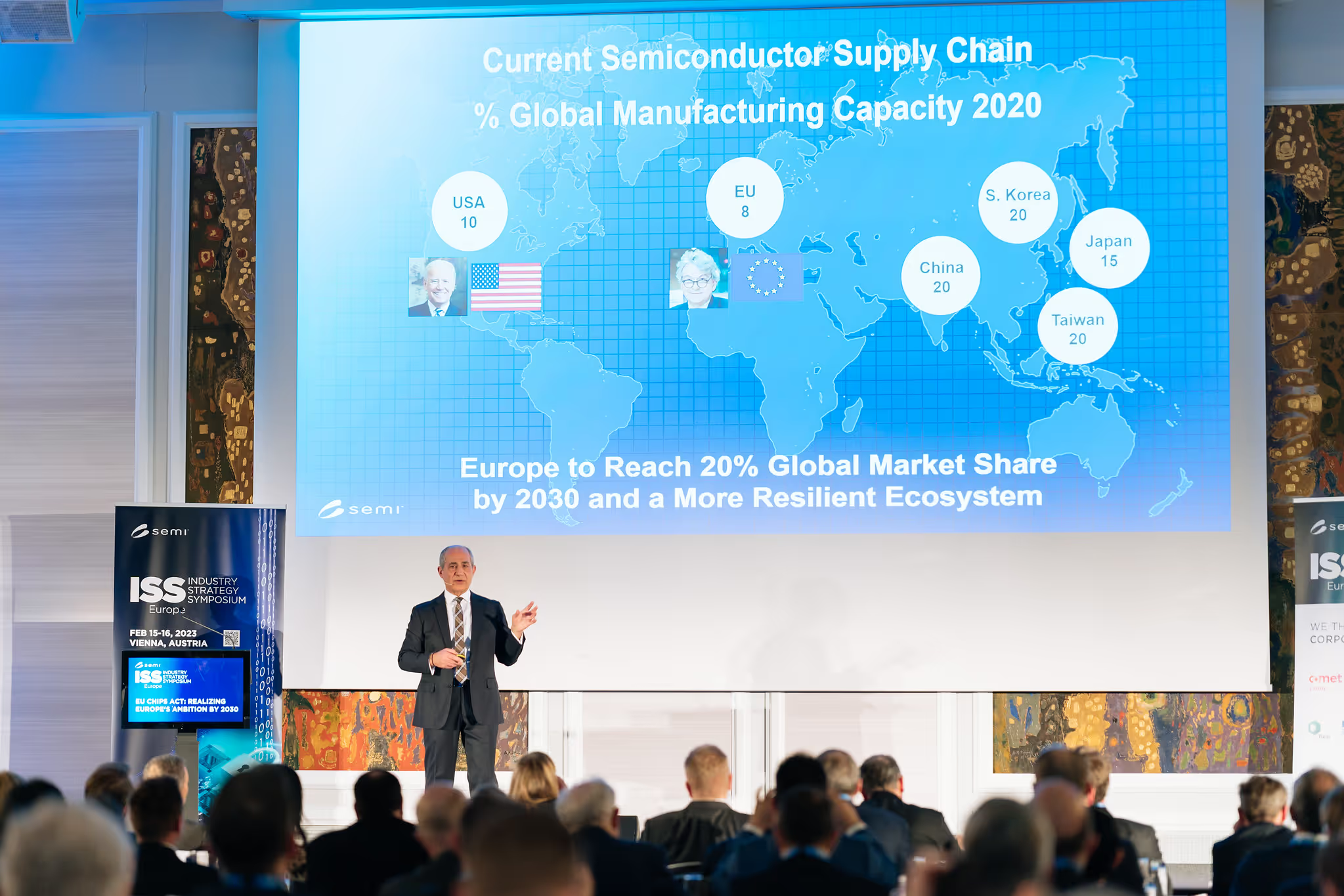
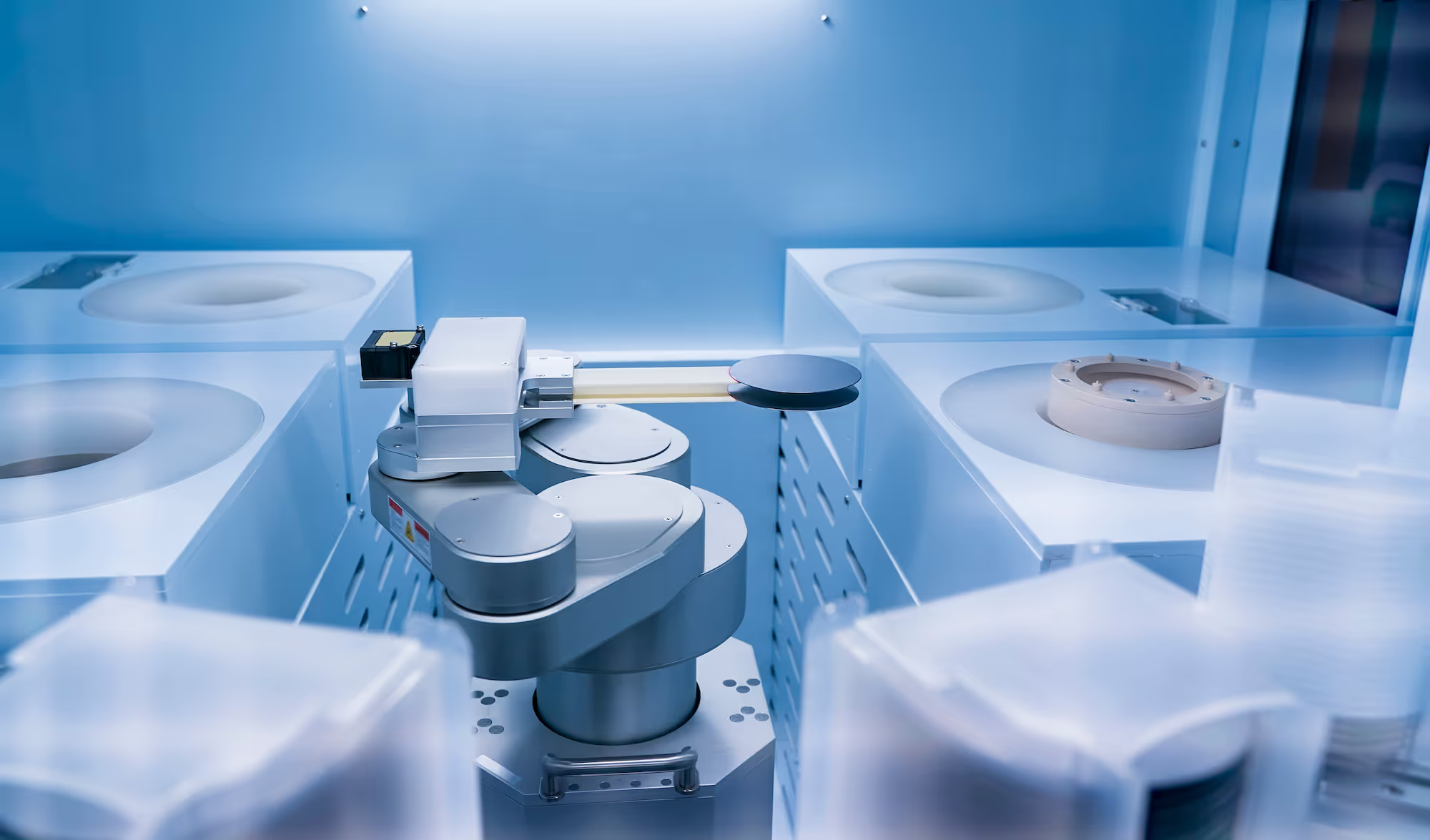
.avif)
